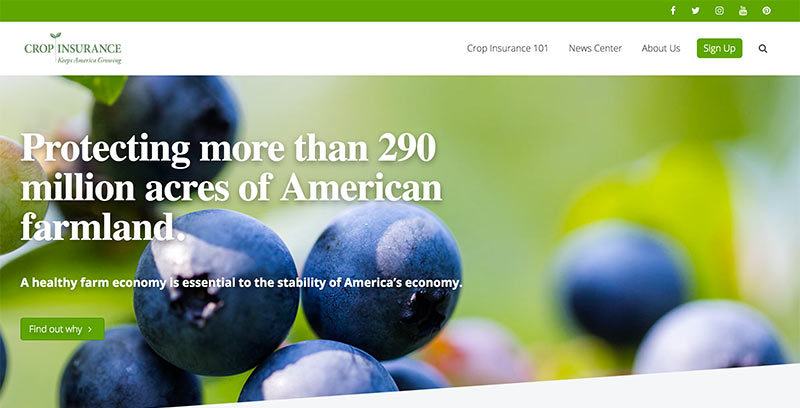Kansas Farmer: One Size Doesn’t Fit All When it Comes to Risk Management
When it comes to risk management, one size does not fit all, said Kansas farmer Jay Armstrong during a recent radio interview with the National Association of Farm Broadcasters that ran nationally in early December. Armstrong noted that his 2,700-acre family farm is split between upland and bottomland. In years of drought, the upland withers while the bottomland blossoms. In years of wet weather, it’s the opposite.
“So no matter what extreme Mother Nature throws at me I will suffer losses,” he said, adding “my story is the story of many thousands of farmers across this country, who grow our nation’s food, feed, and fuel supply while dealing with Mother Nature’s tantrums, year in and year out.”
Armstrong says most farmers would agree that the single most important item in their risk management tool kit is crop insurance. He says that before federal crop insurance became widely available several decades ago, farming on land like his felt like playing Russian roulette. “It was nearly impossible to get any kind of coverage for managing risks on my farm where flooding or drought was an occasional occurrence because the private sector just wouldn’t offer it.”
“But federal crop insurance took the universality of the public sector and made these important risk management tools available to everyone willing to pay for them,” he said. Armstrong called crop insurance “the quintessential tool” for managing farms risks because each farmer can choose the plan that makes the most sense for their operation
Armstrong also said that crop insurance has made him a better businessman, allowing him to market his grains, including corn, soybeans and wheat, well in advance because they are insured. “If my crop comes up short at the end of the year because of poor weather – or fails altogether – the insurance indemnity is there to purchase the grain to fulfill my marketing contracts at the end of the year.”
Crop insurance was designed by Congress to shield taxpayers from costly weather-induced bailouts that became commonplace in past decades – and Armstrong says it’s working. 2011 might be regarded as one of the worst weather years on record, with crop insurance companies paying out more than $6 billion. But Armstrong points out that with roughly 80 percent of eligible acres covered by crop insurance, there is no need for disaster bills.





